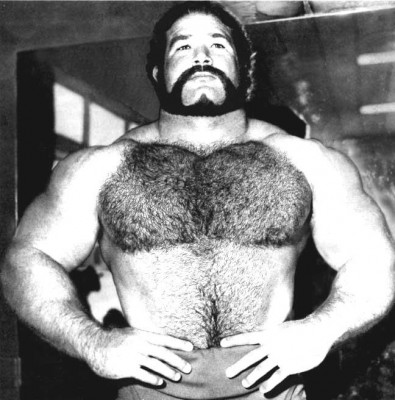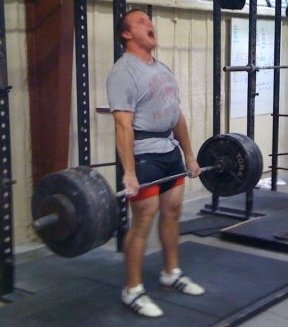This isn’t just “working out”
There are some people who are not familiar with the primary method of training implemented at the Wichita Falls Athletic Club to get 70’s Big. If 70’s Big is the goal, then strength is the goal. A novice will make the most successful strength gains doing a simple linear progression with five basic barbell lifts: squat, deadlift, press, bench press, and power clean. These movements are extensively analyzed and taught in the text “Starting Strength: Basic Barbell Training, 2nd Ed.” by Mark Rippetoe and Lon Kilgore. The explanation of how the body adapts to strength training as well as how to program the barbell lifts is elaborated on within “Practical Programming for Strength Training, 2nd Ed.” by Rippetoe and Kilgore. There isn’t a better resource for any level of trainee and coach regarding strength training. You’ll need it if you are on the quest to being 70’s Big.
The local fitness gym is full of people working out. The skinny girl is running and the upper body boy is doing curls in the squat rack because that is what they decided to do that day. Their goals are vague and typically revolve around being nude with the opposite sex. Moving around and getting sweaty without a plan is called working out (or some kind of activity with the opposite sex). Training, on the other hand, has a goal in mind. Each training session has a task that is known before hand, and that task aids in accomplishing the known goal of training.
The majority of people who are actually training for a sport would benefit from improving their strength. Strength is the fundamental capacity for all other physical attributes. Strength and/or strength training, when done properly, will improve everything from speed to flexibility. Since this is the case, it would behoove the majority of trainees to exhaust the potential of making linear gains in strength for as long as possible. When this is done correctly, an increase in muscular bodyweight will occur.
An increase in muscular bodyweight will not be detrimental to performance regardless of sport. With muscles comes more force production ability that translates into performing the desired task easier and more efficiently. A bigger motor does not slow the car down. On the other hand, excessive junk in the trunk can.
In order to ensure that in an increase in strength and subsequently size occurs, proper recovery is required. Recovery is dependent on nutrition, particularly protein and total caloric intake. The amount of these two variables is independent to an individual, but most individuals will be in a position in which they need to gain muscular bodyweight. It has been recommended in “Practical Programming” that a person in this situation should consume at least one gram of protein per pound of bodyweight.
Protein alone does not ensure proper recovery and/or weight gain. Total calories will affect the recovery from structural and metabolic fatigue. In this case, an excess of caloric intake is necessary. The amount of other macro-nutrients (fat or carbohydrates) that should be consumed with protein are typically unimportant at this point as long as a caloric excess occurs. This emphasis of macro-nutrients may change with advancement.
A perfect way to consume enough protein and calories to get 70’s Big is to drink a gallon of whole milk and consume AT LEAST three hearty meals a day. Requirements change depending on an individual and their specific circumstances, but this is a good rule of thumb to abide by (and The Dude abides). No one is suggesting that all people need to drink a gallon of whole milk a day, but those who are in need of muscular bodyweight would be foolish to not do so.
The emphasis here is that eating is not only equally important to training – it IS training. You don’t get stronger in the gym, you get stronger from eating and recovering outside of the gym. And chances are that you aren’t eating enough.
To continue with Doug Young Week, here is a video of a short interview with Doug Young along with footage from the 1977 IPF World Championships. Doug won the world championship with a total of 1956 pounds (699-545-710) — with three broken ribs. It is one of the most impressive performances in powerlifting history.


